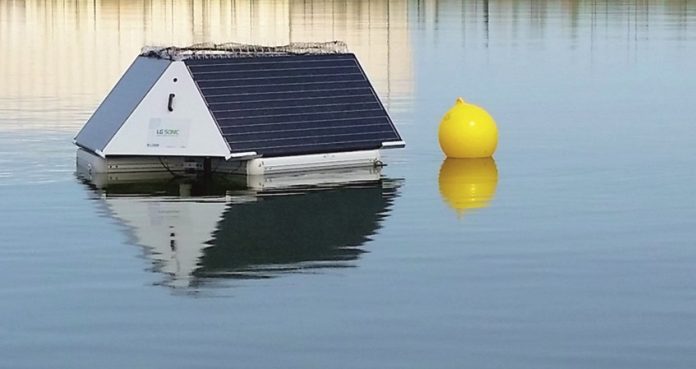 Sonic waves might be the answer to scaling back sea lice numbers in grow-outs, says a consortium of the interested led by Netherlands-based algae-control company, LG Sonic.
Sonic waves might be the answer to scaling back sea lice numbers in grow-outs, says a consortium of the interested led by Netherlands-based algae-control company, LG Sonic.
“Ultrasound” has been proven to “control algae and biofouling effectively without causing damages to the environment,” a statement from LG Sonic said. The comp[any has installed thousands of ultrasonic anti-fouling systems worldwide as proof.
Now, its lab tests have apparently also shown the effects of sound on sea lice infestations that plague farmed salmon. Company marketing manager, Tristen Gunther, told SalmonBusiness the 30-month LiceSonic research project has shown promising lab results since it started in May 2017.
Far less lice
“Yes, sea lice themselves were targeted,” Gunther confirmed, when asked if algae tests produced inadvertent sea lice casualties.
“The goal of LiceSonic is to provide the aquaculture industry with an environmental friendly, chemical free, robust and easy solution, that can effectively control sea lice based on ultrasound technology,” he said, adding that, “The final product will not harm fish.”
“The first feasibility study resulted in a reduction of 60 percent in attached sea lice to salmon by using ultrasound technology combined with fish and water quality monitoring. Different ultrasonic sound wave frequencies will ensure sea lice develop no resistance to the ultrasonic control method.”
Known suppliers
The LG Sonic company grouping around the sea lice project includes Control Data Systems, or CDS, and Sonic Norway. CDS is “highly experienced” in offshore communication and data systems, and Sonic Norway is a known aquaculture industry equipment supplier.
The partners intend to develop a system that uses ultrasound technology, water quality and fish monitoring to target a pest that exacts what LG Sonic says is EUR 1 billion in damages that include fish losses and costly treatments.
“Innovations in sea lice control are needed as using bioactive substances is becoming less efficient. In addition, the process cannot be further increased as wild salmon populations and the ecosystem need protection,” the company said.


